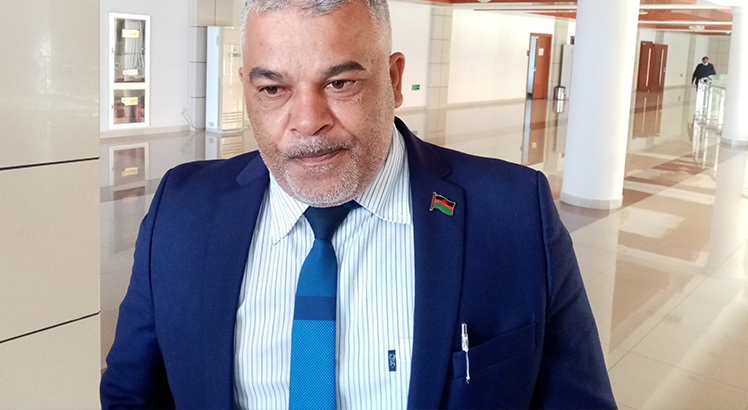Financial crisis refers to a situation where financial instruments and assets decrease significantly in value.
It sometimes comes with a panic to an extent that investors may sell off assets or withdraw funds from savings accounts as they fear that the value of those assets will drop while they remain in a financial institution.
During the crisis, businesses face problems in meeting their financial obligations and financial institutions lack sufficient cash or convertible assets to fund projects and meet immediate customer needs. Consumers’ incomes and assets are compromised, making it difficult for them to repay their obligations, including bank debt.
Prices of goods continue to rise on the market
The causes of a financial crisis are many, including unsustainable macroeconomic policies, excessive credit booms, policy paralysis, just to mention a few. There are, however, a number of principal features of financial crises as observed from a number of crises around the globe over the years, and this is what we want to focus on in relation to the situation in the country.
Inflation has been a dominant feature in a number of financial crises. In simple terms, it refers to a steady rise of prices for goods and services. It erodes purchasing power of a currency, making consumers spend more on basic items. Inflation is also at times a result of currency depreciation, especially for a predominantly importing country such as Malawi.
Currency depreciation refers to a fall in the value of a currency in terms of its exchange rate versus other currencies. For example, the recent 25 percent devaluation of the kwacha means it has become weaker compared to the major currencies. As as a result, manufacturers and traders will be spending more to import materials, goods and services. This high importation cost is usually passed on to the final consumer who will have to dig deeper in their pockets to access the same goods and services.
Forex shortages and fragile exchange rates are other features of a financial crisis. A country in a financial crisis faces forex problems regarding both the supply and exchange rates.
As a country, Malawi has consistently been having challenges with forex required to meet imports of basic requirements and the rates have been horrible.
Decline in the total value of goods produced in a country is also another feature of a financial crisis. Our gross domestic product (GDP) growth rate has been far from convincing with an average growth of 1.5 percent over the past two years.
Ironically, despite our success in agricultural production, we do not have sufficient necessary equipment to enable agro- processing and value addition to export processed goods.
Rising public debt is another principal feature of a financial crisis and the country has not been spared from this.
The government expenditure has always been on the rise despite the decline in financial support, which used to finance about 30 percent of the budget. This has led to the government borrowing heavily to cover the budget deficit.
For example, from the start the 2022/23 National Budget already had a deficit of about K800 billion to be sourced through debt. We have seen the case with Zimbabwe where the government kept accumulating new debt to finance the huge budget deficit and ended up defaulting on both local and foreign debt obligations owing to the World Bank, African Development Bank, European Investment Bank and the International Monetary Fund, the country could no longer access funds from these institutions yet under financial distress.
We have also been facing increased unemployment levels because of the decline in economic activities and this is yet another feature of a financial crisis. Unemployment leads to a decline in the purchasing power as most of the consumers are financially distressed and fail to pay their debts as they fall due.
Banks are also affected as the level of default on bank facilities rises, reducing the value of the bank assets which may cause a collapse in the banking system, a climax of a financial crisis.
Finally, all the above features characterise a poor economy and erode investor confidence. Private local and foreign investors do not want to risk their funds in a country where the economy has collapsed, and they risk not earning a considerable return from their investment.
This leads to a stunted growth in the country’s GDP, continued unemployment problems, continued decline in consumers purchasing power, increased levels of default on obligations, including loan repayments such that the banks struggle and are unwilling to further lend money.
In summary this is the financial crisis, but the question remains whether we are in a financial crisis yet.
The author is a chartered banker writing in his personal capacity. Feedback: fnakonma@yahoo.com
The post Are we in financial crisis yet? appeared first on The Nation Online.
 Moni Malawi
Moni Malawi 

